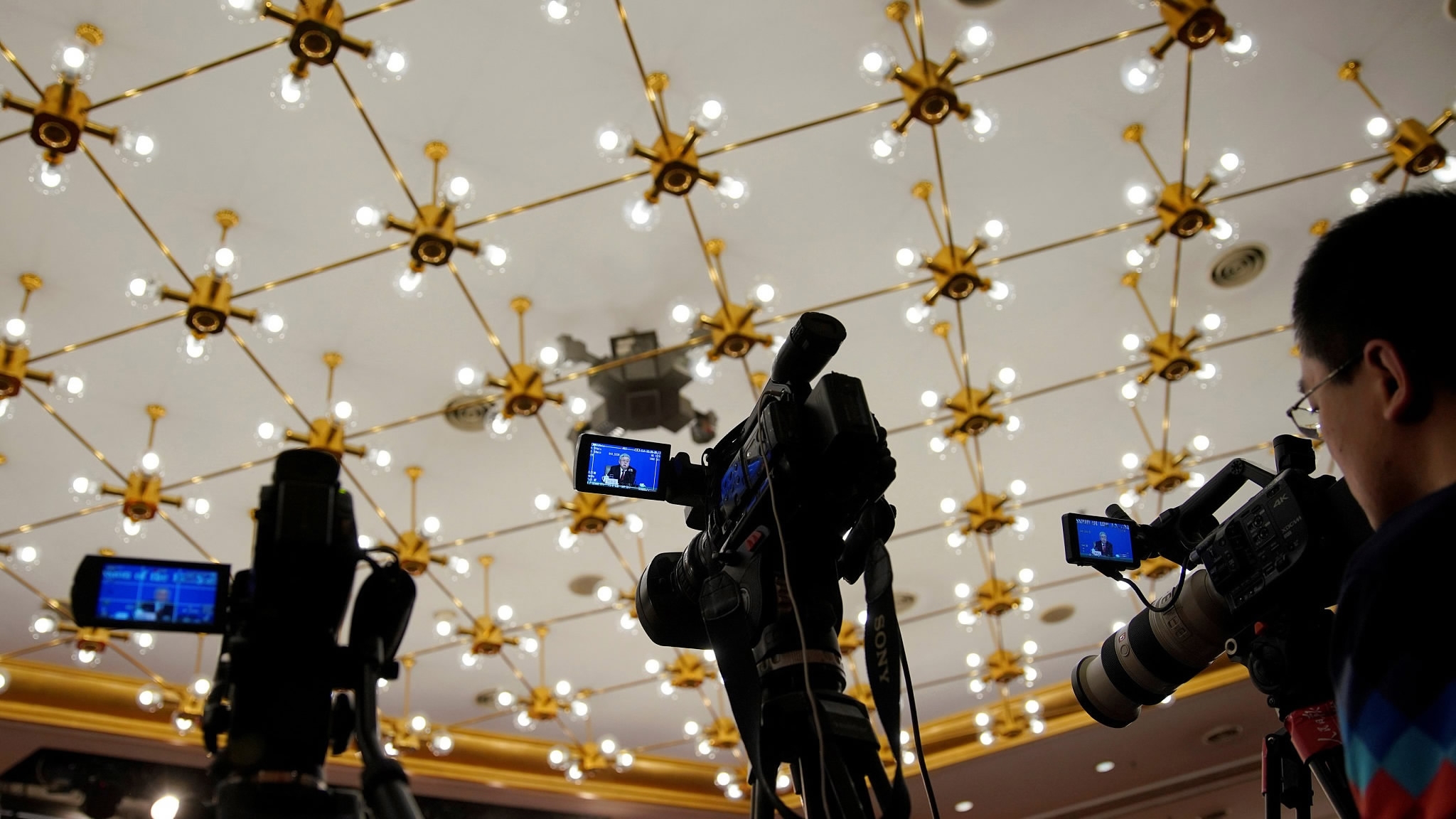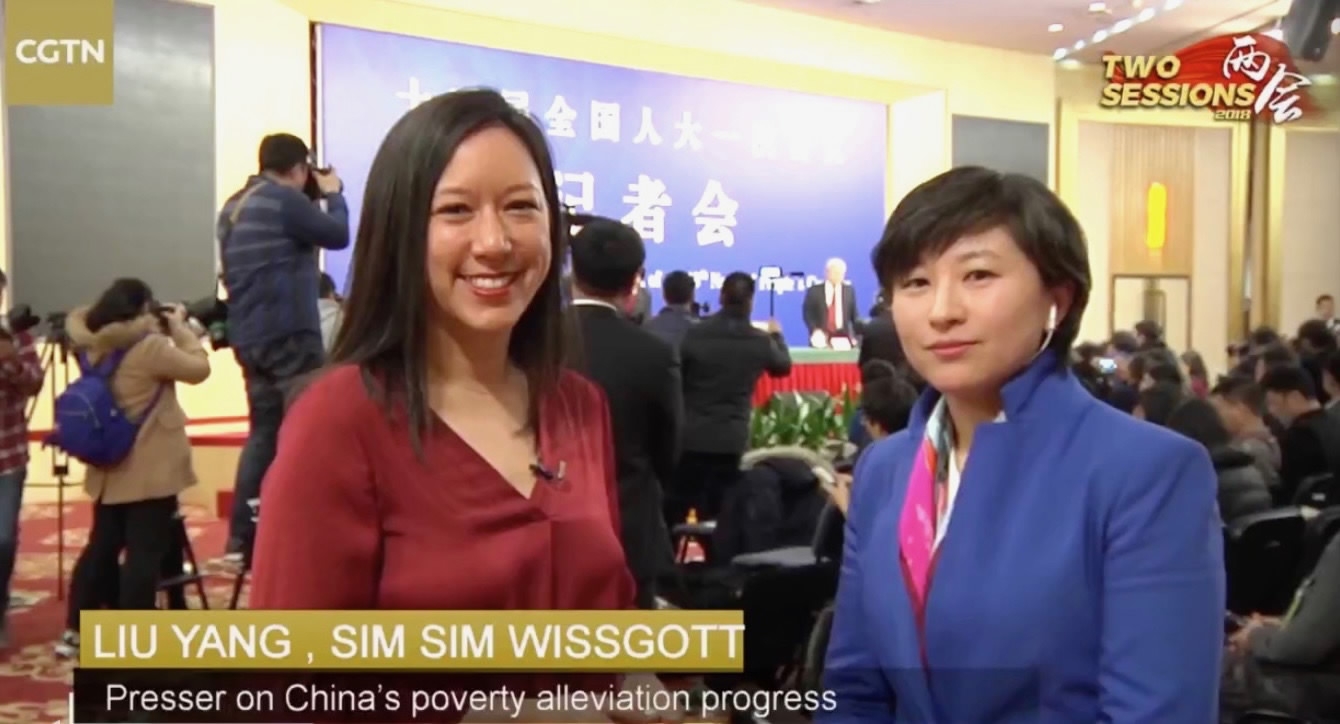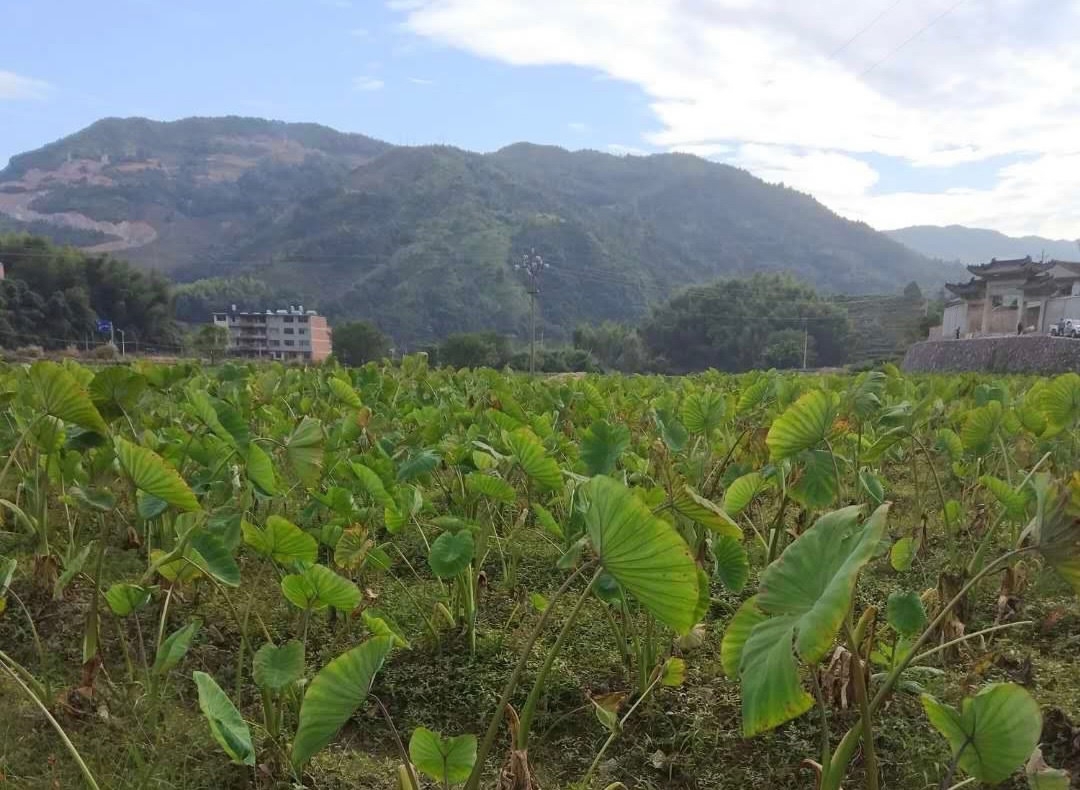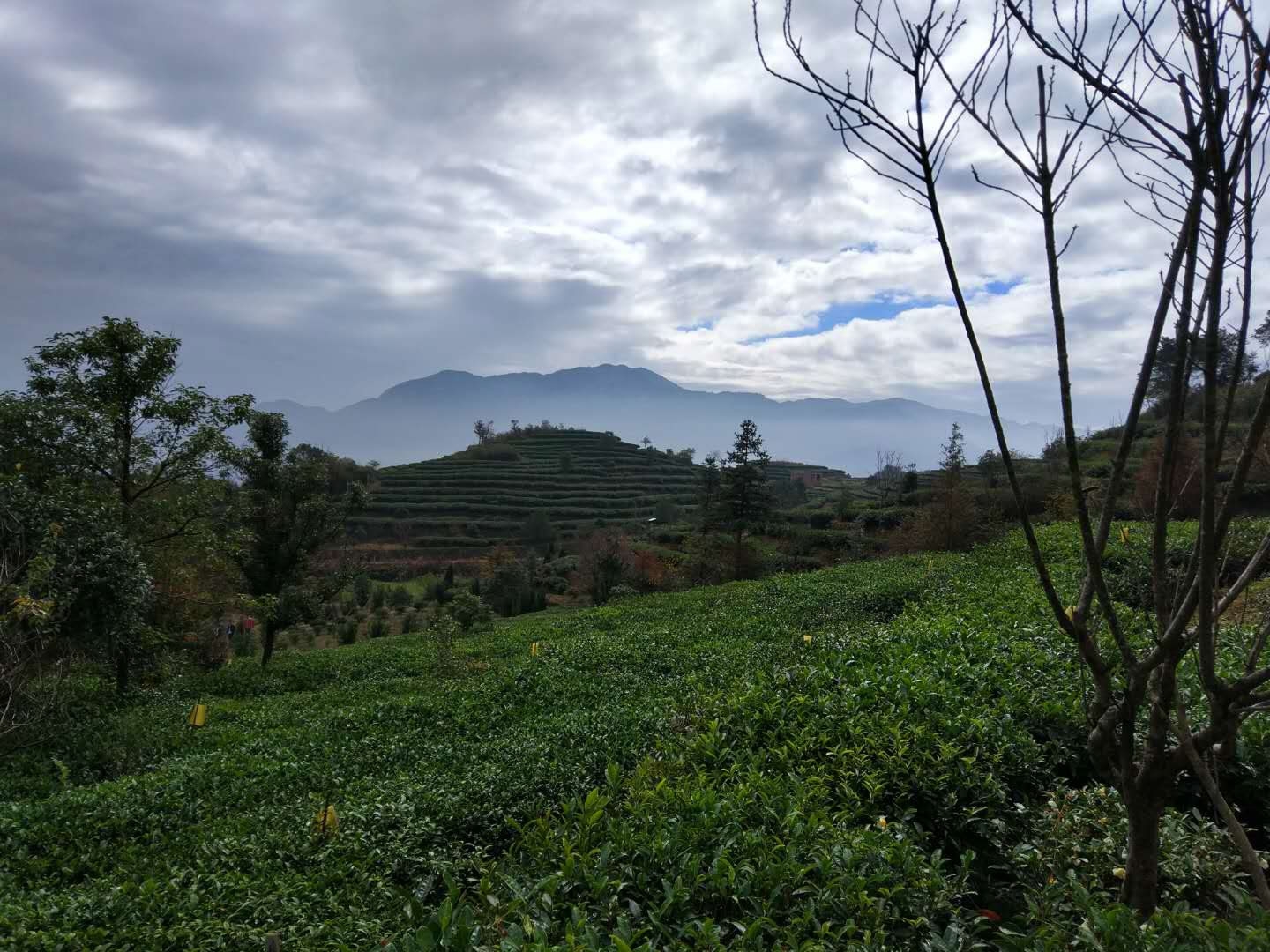
China
20:25, 07-Mar-2018
Reporter’s diary: From taro field to two sessions
By Sim Sim Wissgott

Poverty alleviation. It sounds like a much more timid project than it actually is. China does not want to just relieve some of the pressure caused by poverty around the country, it wants to eradicate extreme poverty altogether within the next two years.
In his government work report on Monday, Premier Li Keqiang noted that 68 million people have been lifted out of poverty over the last five years. That’s equal to the population of the United Kingdom.
But there are still 30 million to go. And China’s leaders plan to achieve this by 2020, at the rate of 10 million per year.
On Wednesday, Liu Yongfu, director of the State Poverty Alleviation Office highlighted what has been achieved so far but also discussed challenges ahead, including beyond 2020.

Screenshot of CGTN livestream.
Screenshot of CGTN livestream.
One of the main concerns, he said, was that no one be left behind in this battle against poverty.
It was interesting to sit in on a press conference where the government’s policies on this issue were being laid out. Often, journalists cover the policy aspect first, and then get a closer look at a problem with a reporting trip to the affected area.
I did it the other way around.
Last November, I was part of a “grassroots trip” to southeastern Fujian Province. We visited a tea plantation, an ethnic minority village and several communities where tourism or diversified farming were introduced as part of the government’s poverty alleviation drive.
I especially remember one village that had turned to organic taro farming, where we trudged around a muddy field for a couple of hours and talked to some of the locals.

Taro field in Fujian Province, China. /Photo by Sim Sim Wissgott
Taro field in Fujian Province, China. /Photo by Sim Sim Wissgott
That’s probably what has impressed me the most in this whole endeavor. Elsewhere, efforts to relieve poverty would concentrate on job creation, housing and subsidies. But China being the massive country it is, the problems are more wide-reaching – literally as well as figuratively.
Helping impoverished communities in remote locations has meant building roads, improving transportation links, or in extreme cases, relocating the population to more accessible areas and away from regions prone to natural disasters.
Some 8.3 million people have been relocated from inhospitable areas since 2013, Premier Li said on Monday. That’s almost the entire population of my country, Austria.
Education, affordable medical care, improved social services to help the elderly and disabled, and even tourism to boost local economies – all of this falls under poverty alleviation.

Tea plantation in Fujian Province, China. /Photo by Sim Sim Wissgott
Tea plantation in Fujian Province, China. /Photo by Sim Sim Wissgott
As Liu put it on Wednesday, many who live in dire poverty are afraid to even imagine a future. The measures are meant to give them hope for a better life, and help them win back respect and dignity, he said.
This is all part of the government’s 2020 centenary goal of achieving a moderately prosperous society in all aspects.
Even after that date, there will still be many people living near the poverty line, Liu noted.
But it’s a first step. And an important one.

SITEMAP
Copyright © 2018 CGTN. Beijing ICP prepared NO.16065310-3
Copyright © 2018 CGTN. Beijing ICP prepared NO.16065310-3